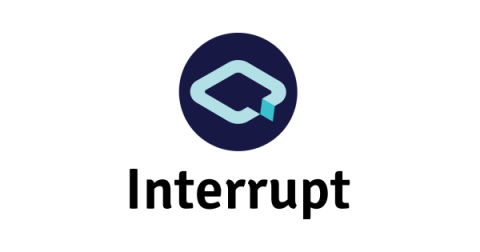Debugging a Slack Integration with Sentry's Trace View
While building Sentry, we also use Sentry to identify bugs, performance slowdowns, and issues that worsen our users’ experience. With our focus on keeping developers in their flow as much as possible, that often means identifying, fixing, and improving our integrations with other critical developer tools. Recently, one of our customers reported an issue with our Slack integration that I was able to debug and resolve with the help of our Trace View.











